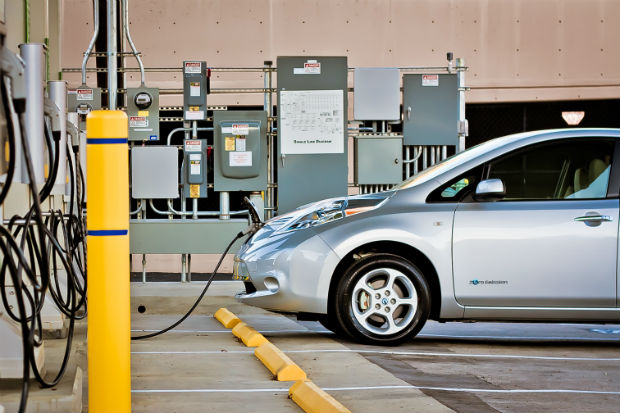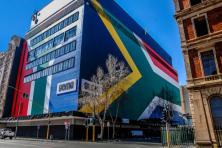City leaders in Shoreline, WA are determined to make their community a low-carbon city.
In 2012 the Shoreline Climate Action Plan set the bold goals of reducing community-wide carbon emissions at least 50 percent below 2007 levels by 2030, and 80 percent by 2050. Because Shoreline’s homes and businesses get virtually carbon-neutral electricity from Seattle City Light, the City must lead regionally (and even nationally) with innovative strategies that address transportation emissions.
Utilities can—and should—get into the EV infrastructure game.
While Shoreline leaders have a firm plan to reduce vehicle miles traveled—through light rail and a denser, more walkable, and more bike-friendly urban corridor—the City has a strategic opportunity to promote electrified transportation to take advantage of its carbon-free electricity.
According to Fueleconomy.gov, a conventional all-electric vehicle in the Puget Sound region is responsible for 130 grams per mile of tailpipe and electricity GHG emissions—less than a hybrid (246 grams per mile), a conventional gasoline-powered vehicle (336 grams per mile), and a natural gas vehicle (345 grams per mile).
Shoreline’s challenge is that cities can only do so much in the absence of demand. For a city to take a bold step like Palo Alto, CA, which mandated that all newly constructedhomes, hotels, and commercial buildings include pre-wiring, outlets, and spaces for EV charging, requires political will driven by public demand for EV infrastructure. (Palo Alto is home to Tesla headquarters, and has one of the highest per capita concentrations of EVs in the nation.)
In New Energy Cities’ view, the solution is for electric utilities like Seattle City Light and Puget Sound Energy to get in the EV infrastructure game much more aggressively, and for cities like Shoreline and its peers in the King County-Cities Climate Collaboration (K4C) to push for that approach.
A utility-EV business model could draw from leadership examples around the country, including:
- Austin Energy’s Plug-in EVerywhere, which offers a 50 percent rebate for home charging stations and a charging subscription plan with access to 170 stations in 70 locations.
- Minnesota’s requirement that all of its investor-owned utilities offer discounts for off-peak EV charging and special utility tariffs allow one sixth of American households to pay 75 cent-per-gallon rates for driving EVs.
- Portland General Electric’s (PGE) involvement in: the West Coast Electric Highway; Edison Electric Institute’s national effort to electrify utility fleet vehicles, co-chaired by PGE’s Chief Executive Officer; and the Electric Avenue charging station project, a collaboration with Portland State University and the City of Portland.
Presenters at the EV Roadmap 7 conference in July outlined a compelling case for utility involvement in and even ownership of EV infrastructure. General Motors’ Alex Keros spoke about the essential role of utilities in simplifying EV charging for customers and achieving “possible greatness” by connecting EVs to a smart grid powered by solar energy.
Duke Energy and BC Hydro representatives spoke about their utilities’ business interest in EVs as a new electricity customer class. ChargePoint highlighted the business case for utility ownership of EV charging infrastructure. The Center for Climate and Energy Solutions and ICF shared lessons from their consulting projects on state policy and regulation to advance utility-EV business models nationally. With technical support, city officials from Shoreline and the K4C could learn from and advocate for these models, both directly with utility leaders and with utility regulators.
Shoreline’s City Council has done the right thing by unanimously expressing support for Washington’s proposed statewide clean fuels standard. But even that potential standard will only get Shoreline to 10 percent reduction in vehicle carbon intensity, and at least another 15 percent is necessary, as New Energy Cities’ Carbon Wedge indicates. This requires a significant increase in community-wide clean vehicle market penetration.
EV adoption may not be directly in a city’s lane, but it is essential to urban carbon reduction. Cities like Shoreline have a leadership advantage and the carbon imperative to bring about the action that will make widespread EV adoption a reality.





